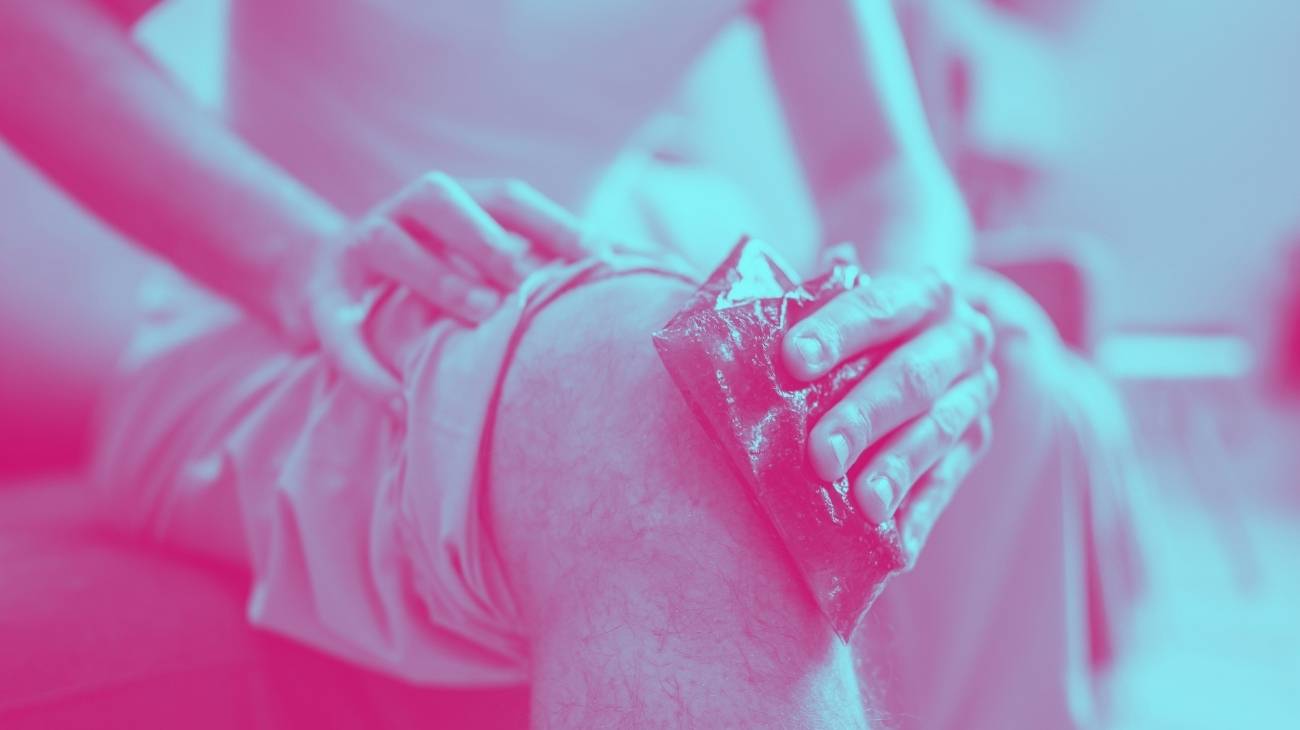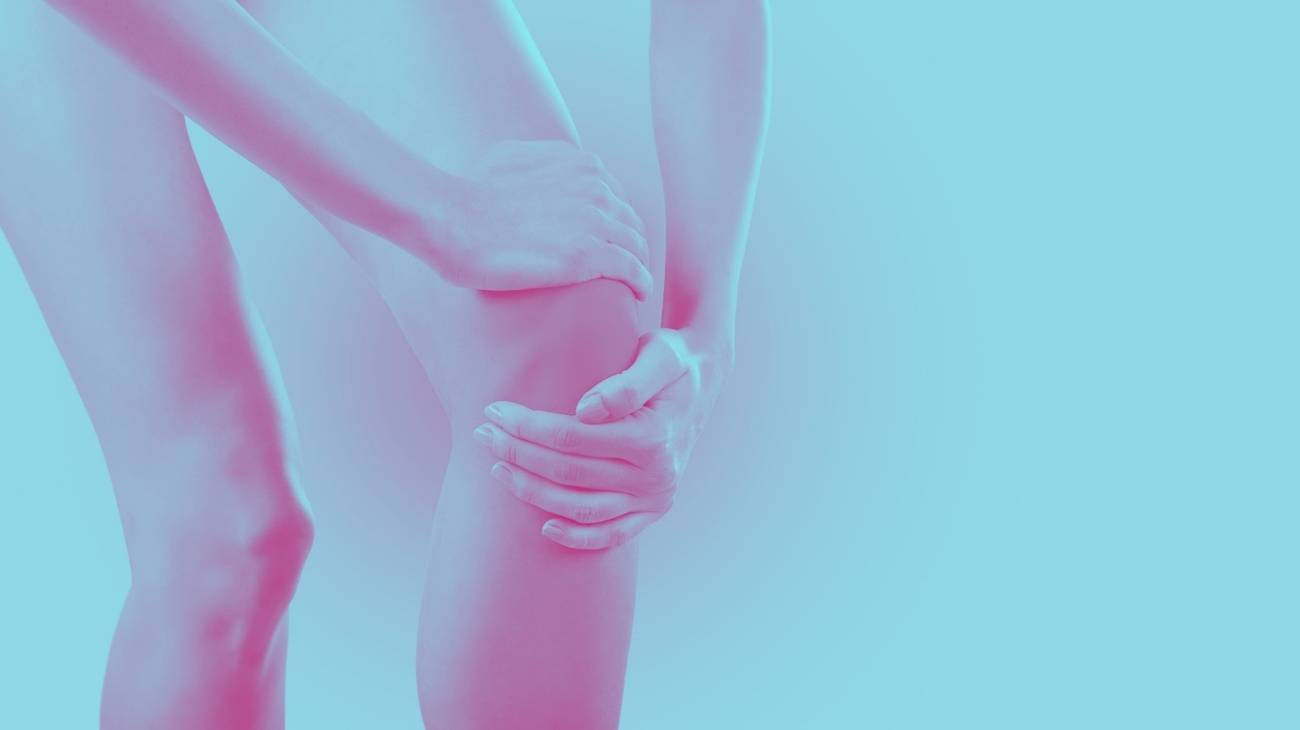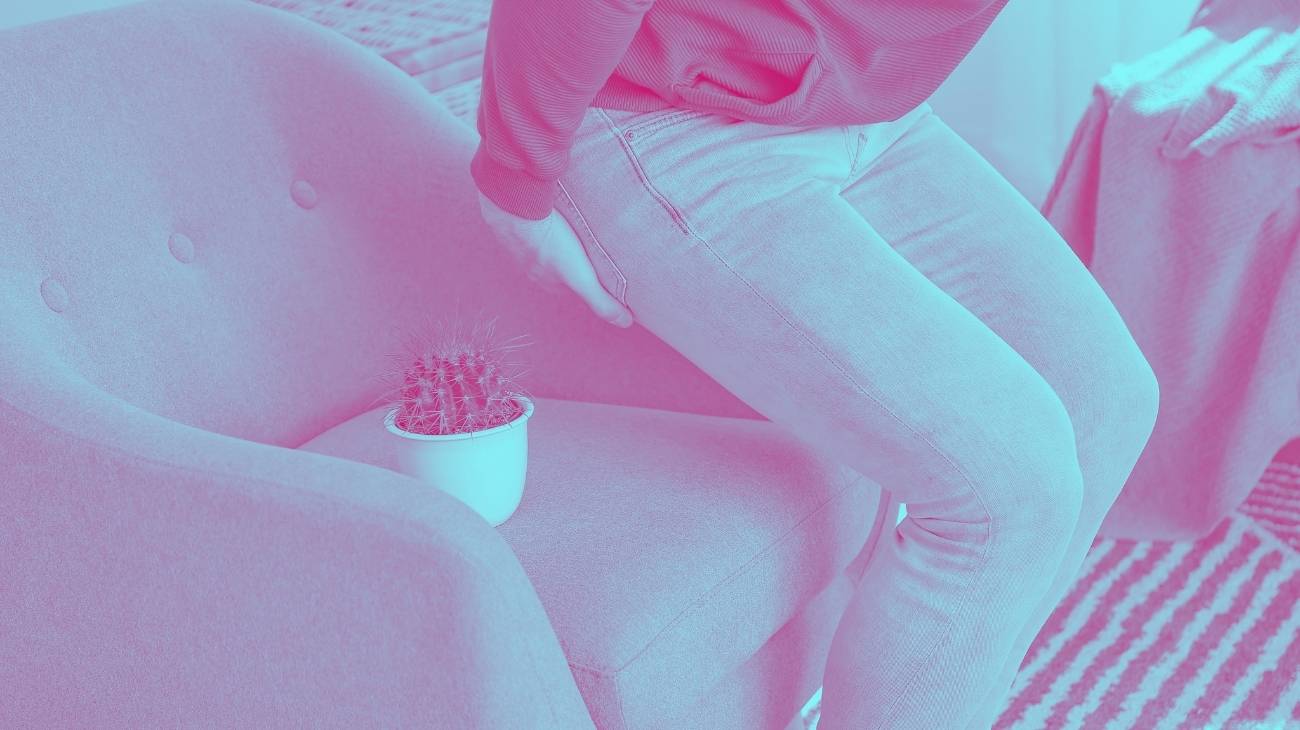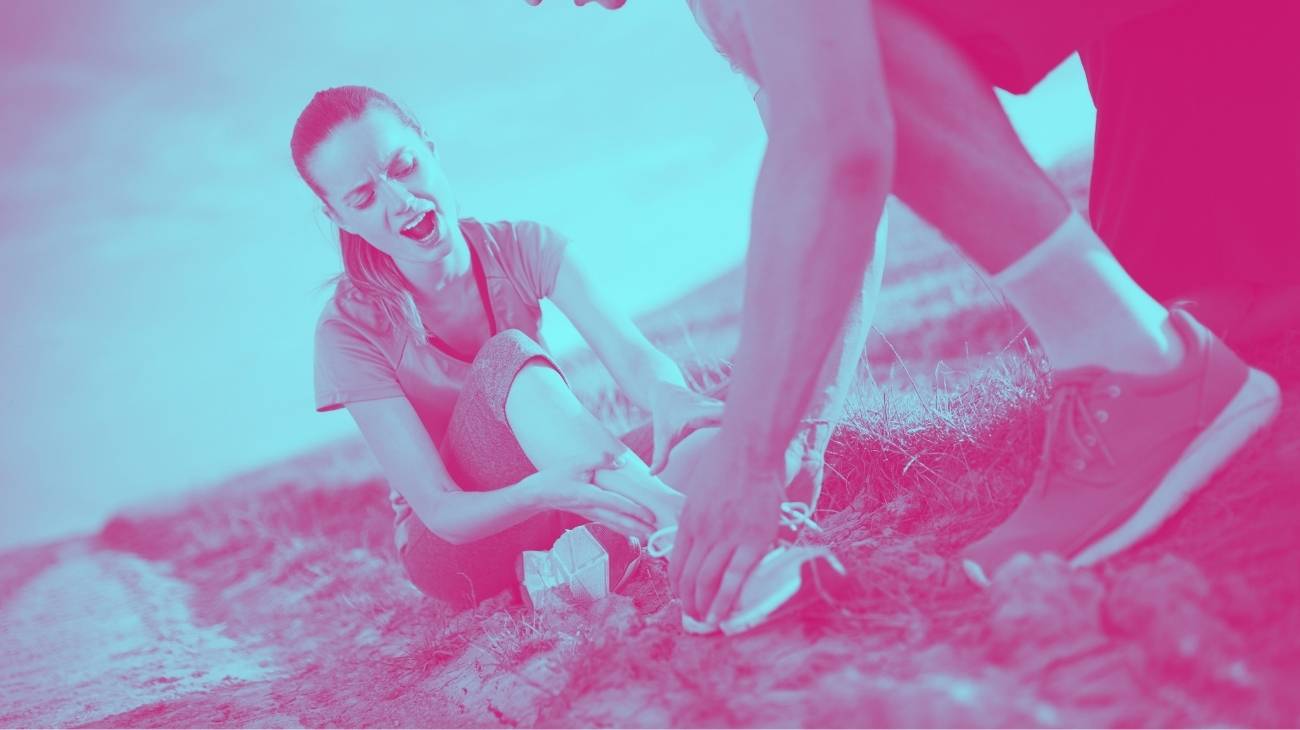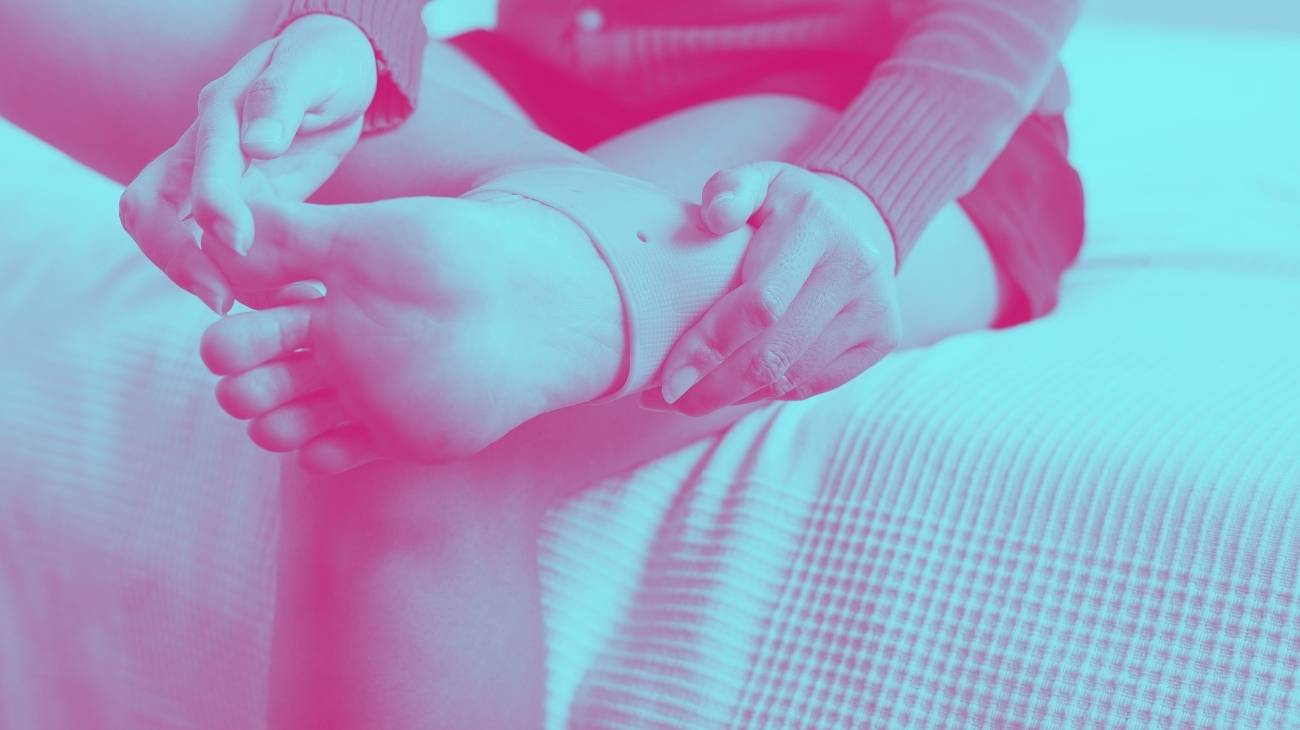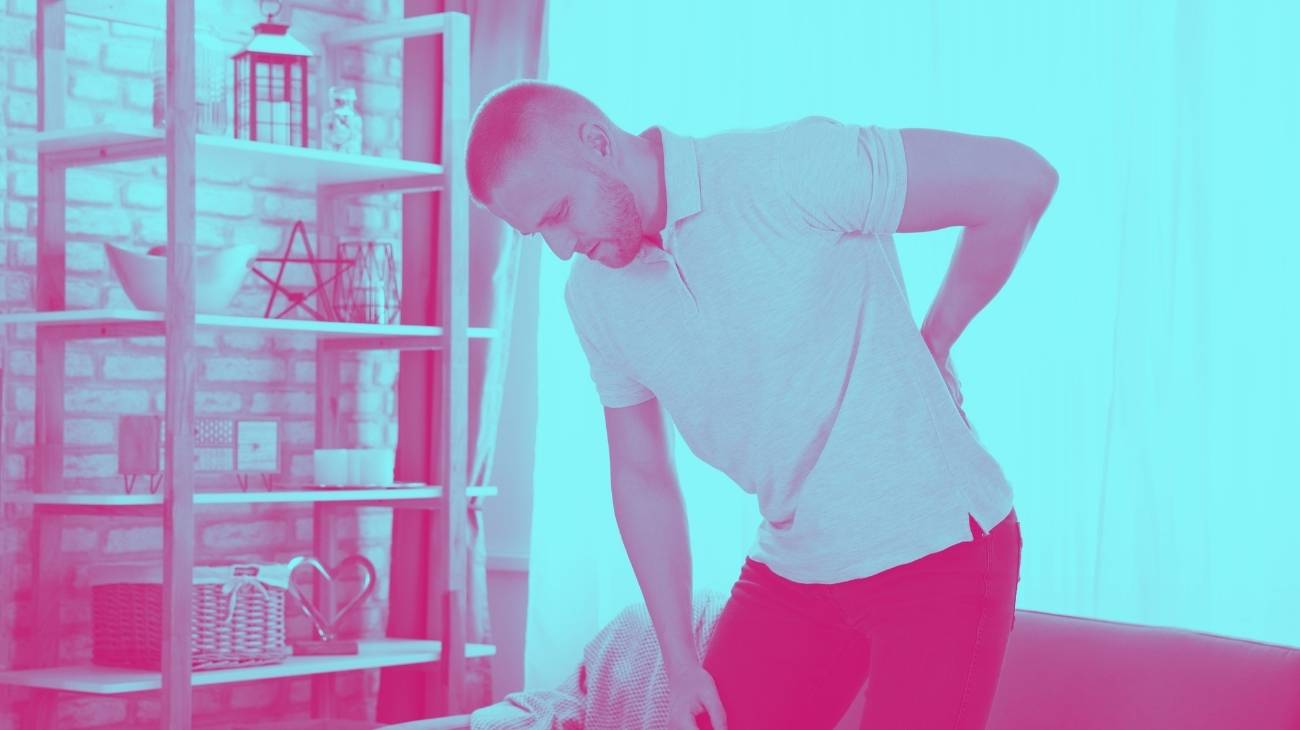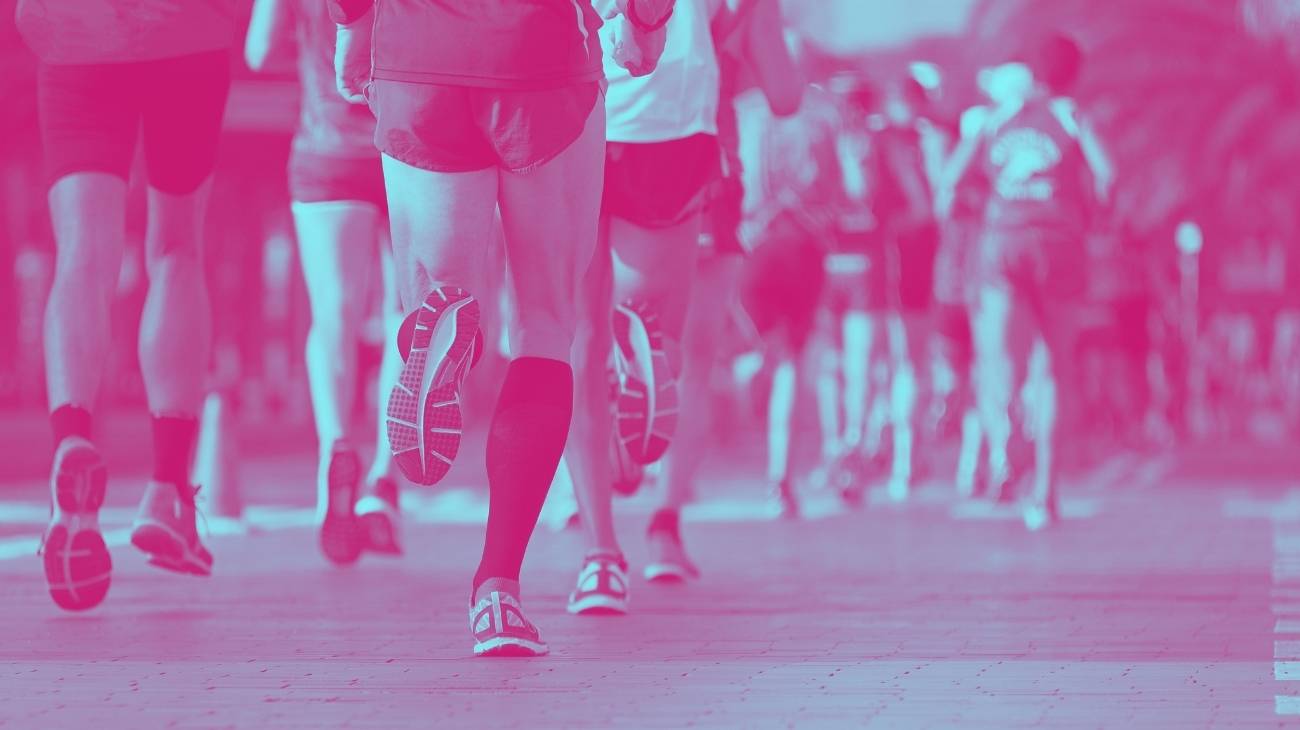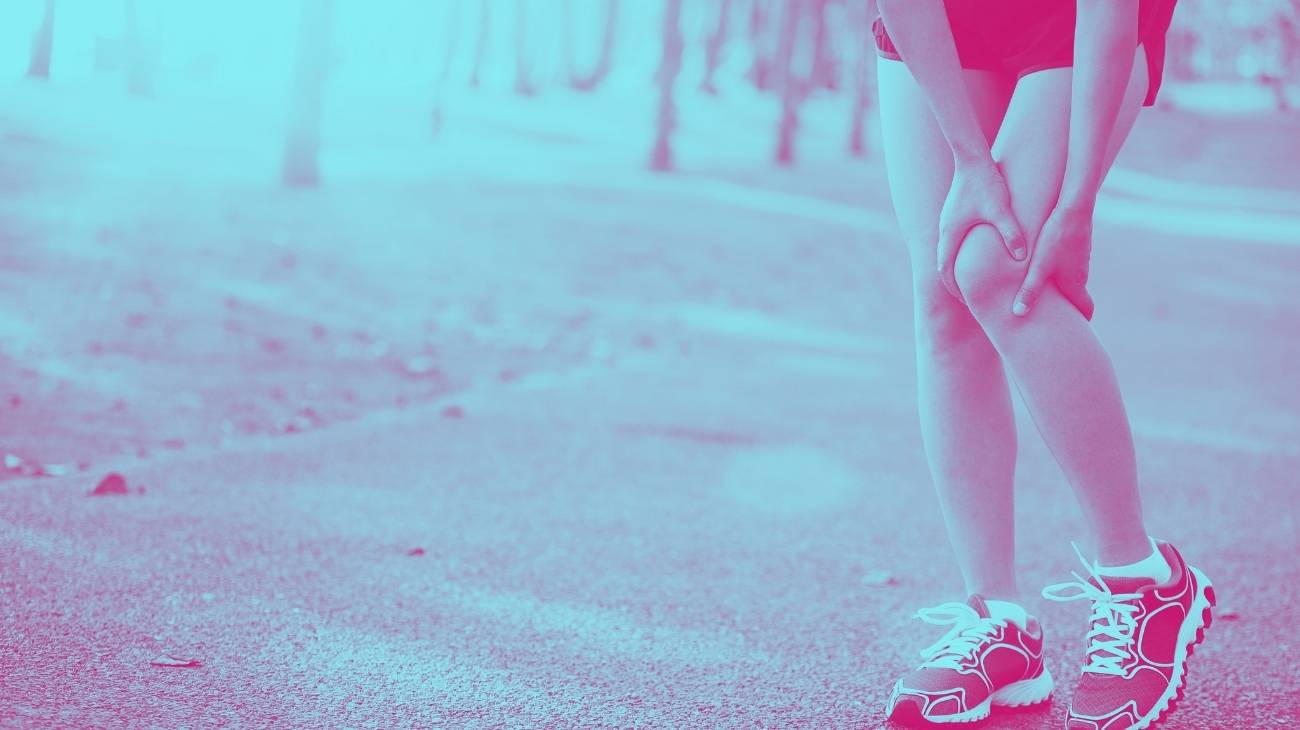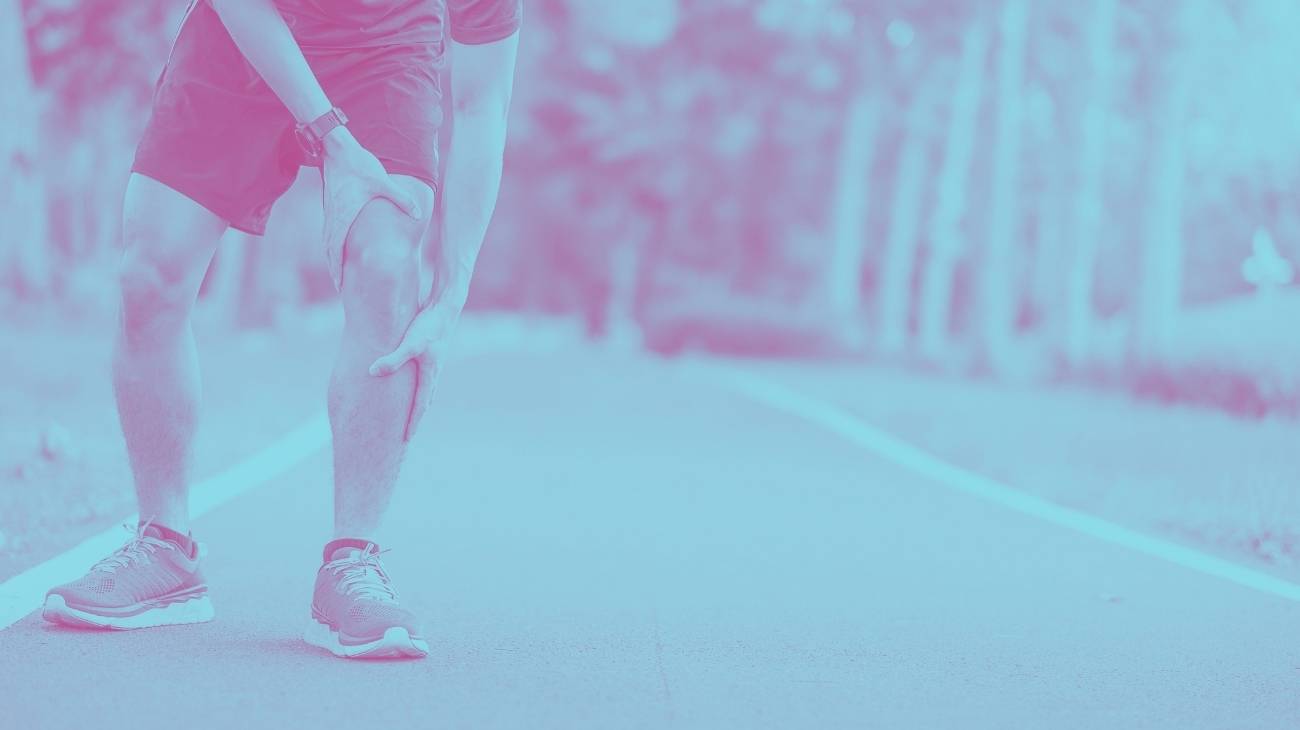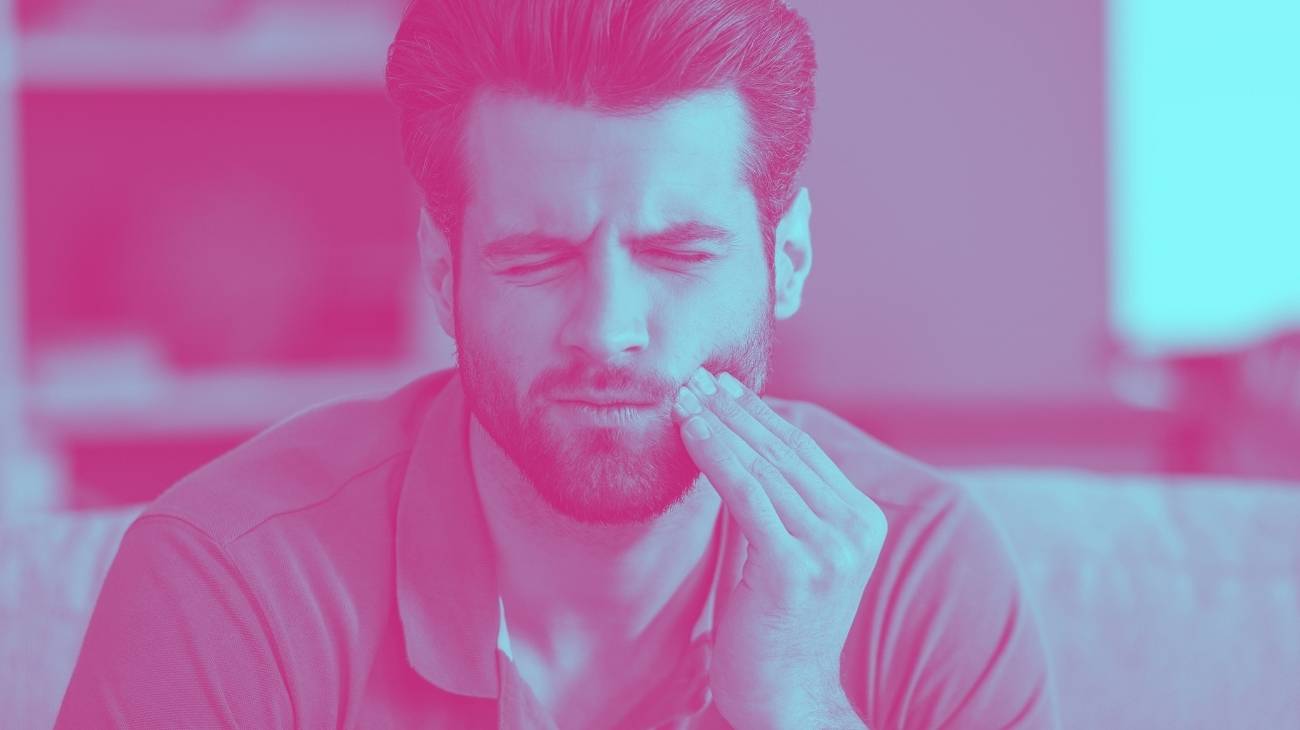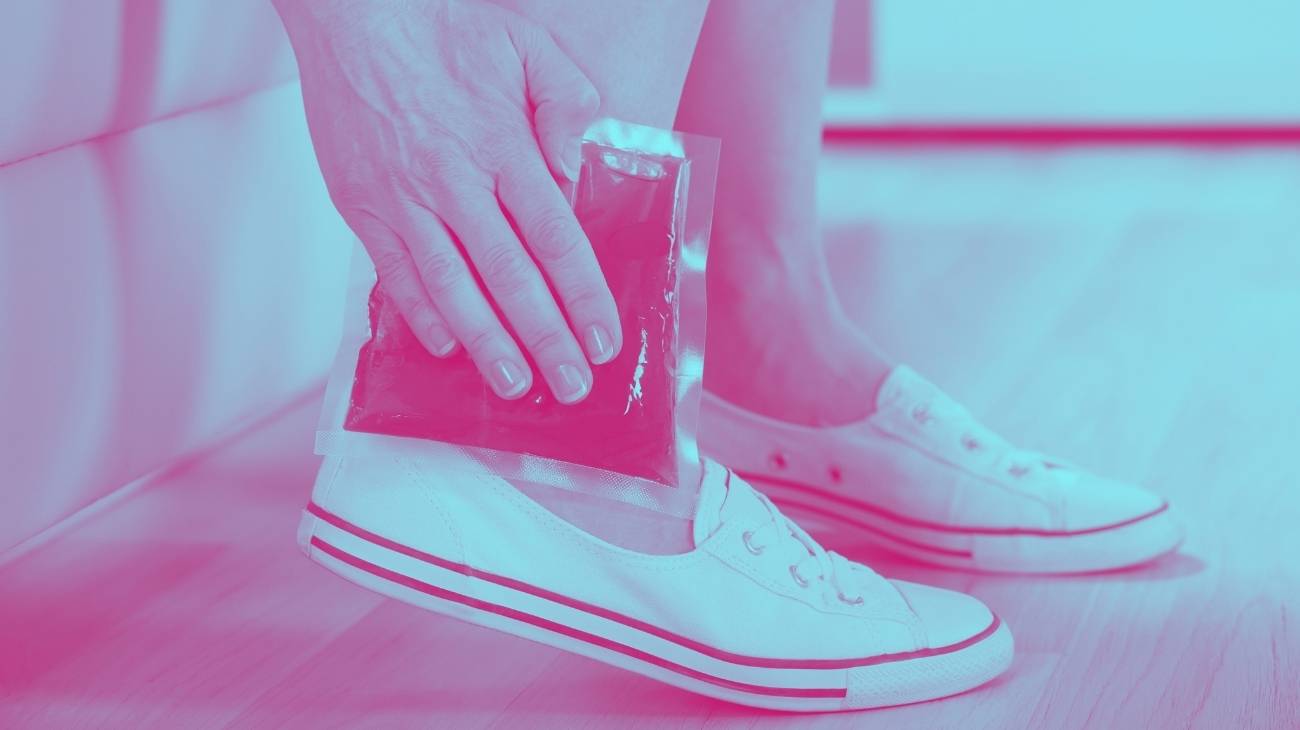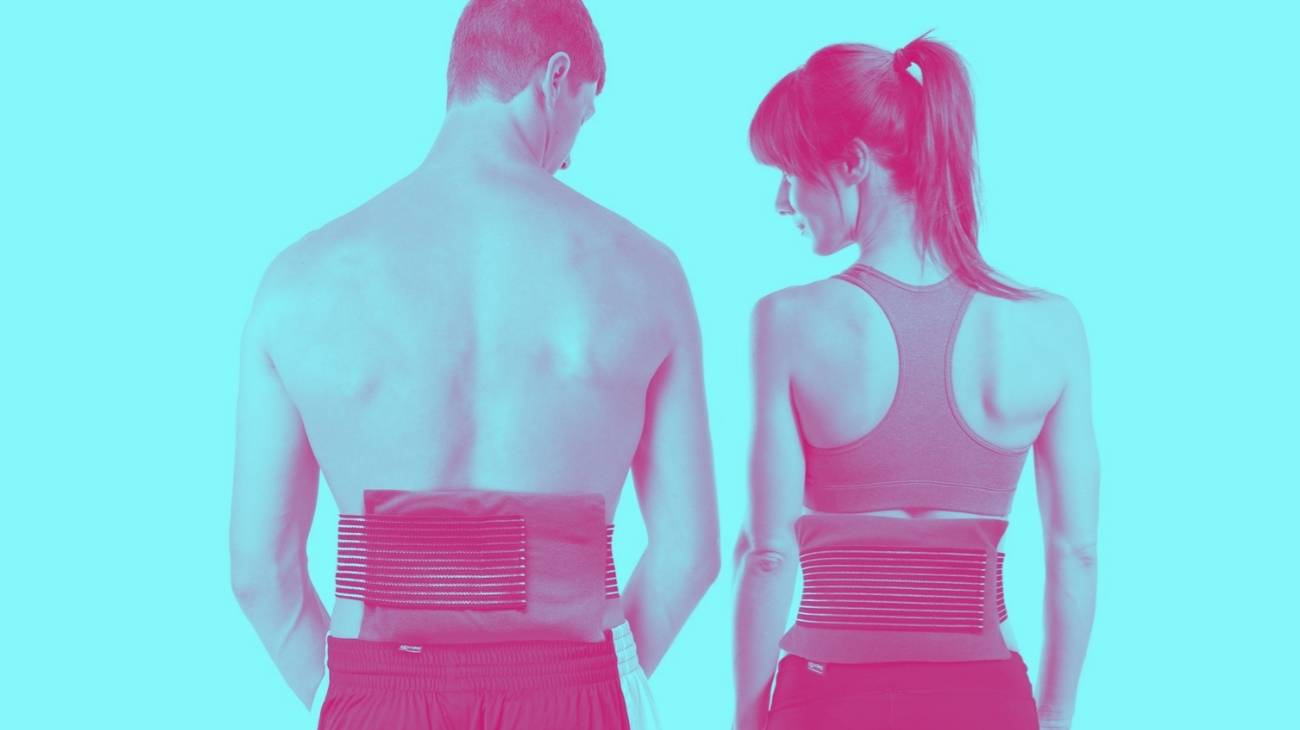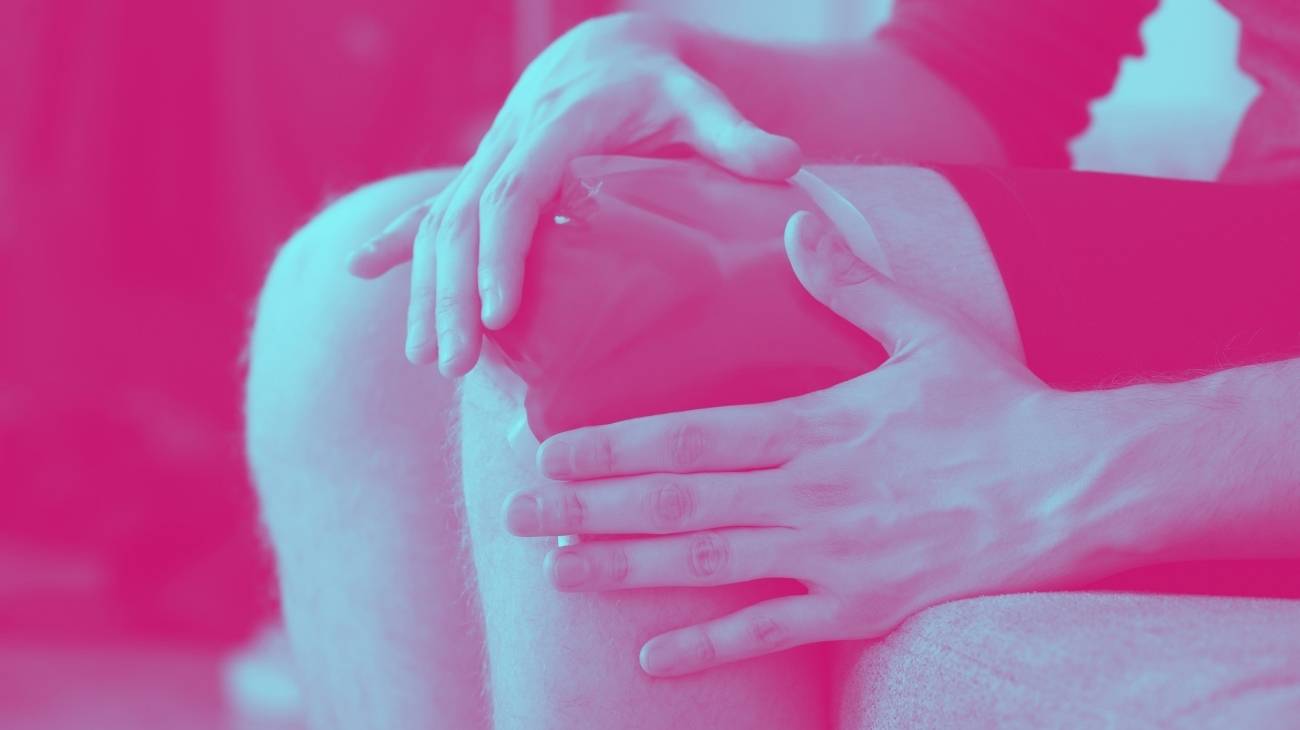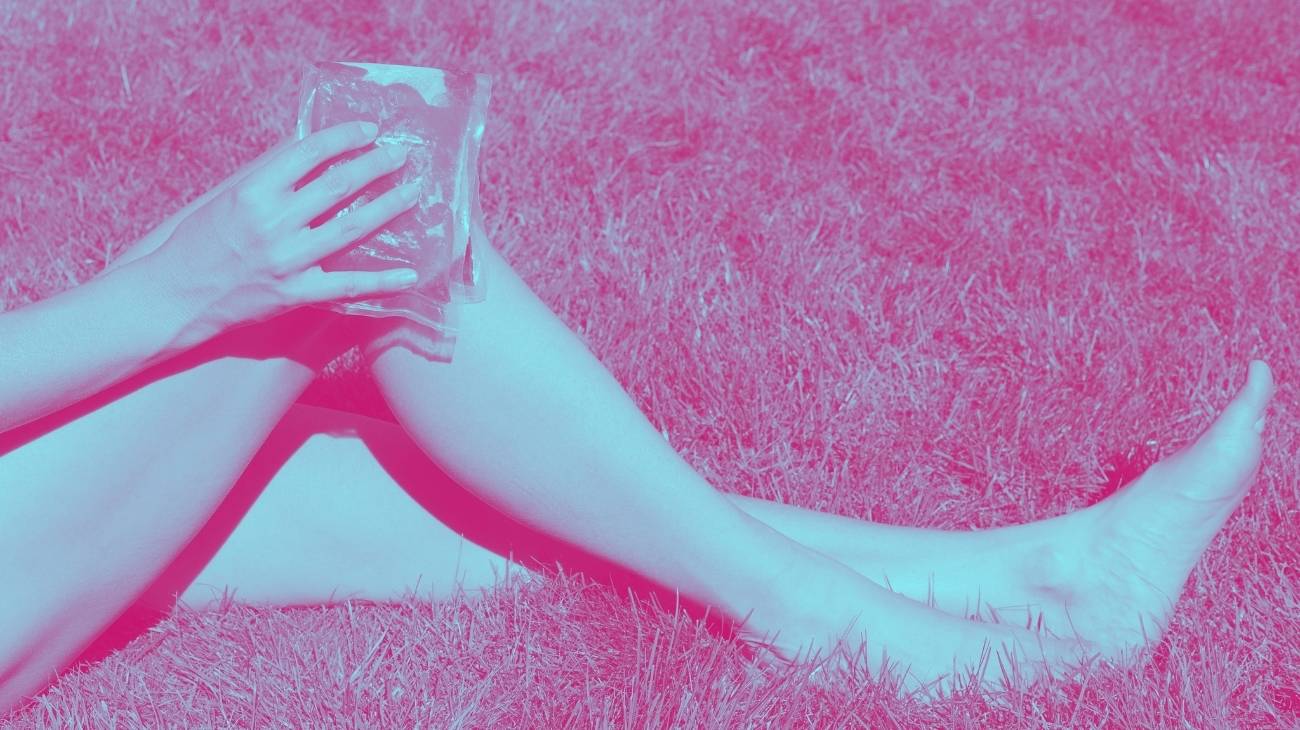- What is the best ice gel pack for hemorrhoids?
- Video: How to use hot and cold gel packs?
- Types of hot & cold packs you should know about
- What are the causes of swollen haemorrhoid pain?
- Benefits of ice gel packs to relieve the pain of swollen haemorrhoids
- How can ice gel packs be used to reduce inflammation of haemorrhoids?
- The best hot and cold gel packs for pain relief
Pain from swollen haemorrhoids is very common in most people. They are not usually a serious health problem, but they do cause considerable discomfort and pain. Because they are rarely diagnosed and treated by a doctor, they tend to develop and grow in size.
Although there are many treatment options to improve them, they generally respond very well to cold therapy with gel packs. If you would like to learn more about these therapies to relieve the pain of swollen haemorrhoids , read the following information.
What is the best ice gel pack for hemorrhoids?
- Material: PVC
- Uses: Postpartum Pain, Hemorrhoid
- Size: One size
- Color: One
- No. of units: 2 Reusable Gel Packs
- One size fits all
- 2 Pack
- Not comfortable
Simply sit for 10-20 minutes with this cooling gel pack on your hemorrhoids and feel the swelling reduce in a surprisingly short amout of time. The Hemorrwedge is the latest in hemorrhoid cold therapy: practical, reusable, and much more comfortable than a regular ice pack. Easy to clean, with hygienic storage case included.
- Material: PVC
- Uses: Postpartum Pain, Hemorrhoid
- Size: One size
- Color: One
- No. of units: 2 Reusable Gel Packs
- One size fits all
- 2 Pack
- Not comfortable
If you struggle when using an applicator these gel packs will numb the area allowing for suppositories to be received much easier. It's not pleasant to talk about, but anal fissures, blood, rashes and a whole host of other embarrassing conditions can benefit from the cooling of an ice pack. By temporarily reducing the inflammation, blood is drawn away from the area in the same way it is with all ice packs.
- Material: PVC
- Uses: Vasectomy, Hemorrhoid
- Size: One size
- Color: One
- No. of units: 1 Reusable Gel Pack
- One size fits all
- Soft fabric
- Only 1 gel pack
Patented Gel Pack remains ice-cold for 25 minutes, longer than the competition; ideal for sustained cold therapy; stays flexible when ice cold for comfort. Ergonomic taper plus flexible design ensures a snug, comfy fit; covers entire scrotal and perineal area and makes even contact for effective cold therapy.
- Material: PVC
- Uses: Vasectomy, Hemorrhoid, Toothache
- Size: Various sizes
- Color: One
- No. of units: 7 Reusable Gel Packs
- One size fits all
- 7 Gel Packs
- Poor quality
- Not comfortable
Stuff an ice-cold gel pack in a lunch box to keep food fresh and cool all day. They make great freezer packs for lunch bags and boxes, as well as coolers when out on a trip to the beach or a weekend in the woods. Throw several frozen packs in the cooler, and away you go! No more messy ice cubes.
- Material: Nylon
- Uses: Back, Ankle, Knee, Shoulder
- Adjustment Type: Velcro Strap
- Cover: Yes
- No. of units: 1 Gel Pack
- Hot/cold therapy
- Adjustable Velcro strap
- Microwaveable
- Good flexibility
- Short-lasting heat therapy
- Delicate wash
Arthritis, golfer's elbow syndrome and inflammation from trauma can be easily treated with this recovery support . Place in the refrigerator or freezer to get the temperature you're looking for and then place it on the side of your elbow to help you recover faster. Sweat buildup can be uncomfortable for some users and cause shifting during use.
- Material: Nylon
- Uses: Various body areas
- Type of adjustment: Velcro strap
- Cover: Yes
- No. of units: 2 Gel Packs
- Adjustable Velcro strap
- 2 Units per order
- Bulky design
By simply placing it in the microwave or freezer, according to your needs, you will achieve the ideal combination to combat radial tunnel syndrome, tennis elbow and bursitis. The medical gel packs are reusable, but keep in mind that for best results you will need to use it with a compression sleeve, which may be ineffective for some users.
- Material: Nylon
- Uses: Various body areas
- Type of adjustment: Velcro strap
- Cover: Yes
- No. of units: 2 Gel Packs
- Adjustable Velcro strap
- 2 high quality gel packs
- Hot/cold therapy
- Suitable for various body areas
- Medium flexibility with cold therapy
- Not microwaveable
The thermal wrap can be used to combat the symptoms of arthritis, tennis elbow syndrome and inflammation in the synovial bursae. All you have to do is get the necessary temperature in the microwave or refrigerator and then adjust the strap until the joint is stabilized. The compression system may be insufficient for some users.
- Large size
- Suitable for various body areas
- Cold therapy only
It is recommended to be used for arthritis, sciatica and menstrual pain, although you can also use it to relax the shoulder muscles, due to the extra large size of the thermal blanket. Its structure does not deform with use and, thanks to the quality of the seams and materials, it is not uncomfortable during therapeutic sessions. It has the advantage of being able to be used anywhere on the body, but it does not generate compression, since it does not have adjustable straps.
Video: How to use hot and cold gel packs?
Types of hot & cold packs you should know about
What are the causes of swollen haemorrhoid pain?
Haemorrhoids are a group of veins that are part of the circulatory system of the rectum and anus. Inflammation of these veins leads to haemorrhoidal disease, commonly called "piles".
Haemorrhoidal disease is characterised by congestion, inflammation, displacement and prolapse of these veins outside the anus. It is a very common condition that, although not severe, causes great discomfort and pain. As a rule, men and women between 40 and 60 years of age are affected with equal frequency. However, the incidence increases in pregnant women due to poorer blood circulation caused by pregnancy.
The most common clinical manifestations are usually:
- Discomfort and pain: this is the characteristic symptom of haemorrhoids, which manifests as a sharp pain in the rectal canal and at the anus. It usually occurs during or after defecation. If the inflammation is severe, the pain can occur at any time and last for a long time.
- Anal itching: This is another symptom that sufferers often report. It is often confused with intestinal parasitosis, but its distinctive feature is that it can occur at any time of the day. In contrast, some anal eczema parasites cause nocturnal symptoms.
- Bleeding from the anus or rectal bleeding: Bleeding is one of the symptoms that is often a cause for concern. It may be visible on paper when wiping or much heavier as drips in the toilet.
- Prolapsed or protruding haemorrhoids: These appear as painful lumps around the anus. They have a high blood content and can form thrombi if not reduced in time.
If not treated properly, inflamed haemorrhoids can lead to other conditions such as:
- Anaemia: It is the result of constant and excessive bleeding over a long period of time.
- Infections: The anus and rectum are known to have bacterial flora. When the haemorrhoids rupture, bacteria can enter and cause infections.
- Anal fistulas: can develop after an infection in this area, causing an opening from the inside to the outside.
Depending on the severity, they can be divided into four stages:
- Grade I: At this stage of the disease, the haemorrhoids may be slightly inflamed on the inside. They are not visible on examination.
- Grade II: The inflammation is more pronounced, but the haemorrhoids remain internal. Sometimes they can be removed externally, but they grow back spontaneously.
- Grade III: These are haemorrhoids that expand, especially during bowel movements. In this case, they have to be reinserted, which is usually very easy to do.
- Grade IV: In this stage, the haemorrhoids project so far that they remain outside the anus. These are usually very large and painful haemorrhoids.
The main cause of haemorrhoids is increased pressure in the anus and rectal area. The increased pressure causes them to dilate, swell and bulge downwards and outwards. The most common causes are:
- Excessive straining during bowel movements: Repeated straining during bowel movements can create pressure in the anus, which can lead to inflammation of the haemorrhoids.
- Chronic constipation: Chronic constipation can lead to the development of haematomas. They are caused by internal pressure due to hardened faecal bolus and excessive straining during defecation. This straining increases the risk of inflammation of the haemorrhoids.
- Chronic diarrhoea: Increased stool volume can cause increased pressure in the anal area and irritate the haemorrhoids.
- Prolonged sitting or standing: Poor posture while sitting or standing promotes slow venous return. This leads to poor blood flow to the peripheral veins and the anorectal area.
- Pregnancy: The weight of the foetus increases pressure on the intra-abdominal and pelvic veins, which can lead to inflamed haemorrhoids. Excessive pushing during childbirth also inflames them.
- Heavy lifting: Activities involving heavy lifting lead to increased pressure in the rectal area and the development of inflamed haemorrhoids.
Benefits of ice gel packs to relieve the pain of swollen haemorrhoids
Cold therapy is a very simple treatment. It involves applying cold to the haemorrhoidal area to relieve pain and inflammation. It is one of the least invasive methods, unlike surgical procedures that cause more discomfort and complications.
The benefits of cold application to the anal area include the following:
- Vasoconstriction and reduction of inflammation: Cold-induced vasoconstriction leads to a reduction in blood flow in the anal area. This leads to a loss of heat in the skin and deep tissues. This leads to an improvement in swelling and oedema.
- Relief of pain and itching: The application of cold to the anal area causes a release of chemical mediators. One of these is histamine, which contributes to a significant reduction in pain and itching. In addition, cold breaks the pain-cramp-pain cycle by relaxing the surrounding muscles and tissues.
- Reduction of haemorrhoids: The vasoconstriction produced by the cold leads to a significant reduction in the size of the haemorrhoids.
- Simple, comfortable and economical procedure: Cold application is one of the simplest methods. You can use it from the comfort of your home, and if used properly, it has no side effects. It is also non-invasive and does not require expensive treatments.
How can ice gel packs be used to reduce inflammation of haemorrhoids?
Cold therapy can be done with cold gel packs, compresses, sitz baths and cold gel packs. Compresses are made by wetting a cloth or towel and placing it in the refrigerator or freezer. When it is cold, it is taken out of the bag and placed on a chair for the person to sit on.
Sitz baths can be done by putting cold water in a container for the person to sit on for a few minutes. Ice can be added to the water to maintain the cold temperature for 15 minutes. Cold gel packs for haemorrhoids can also be used. These are cooled in the freezer or refrigerator and put in the back of your underwear. This way you have more contact with the rectal and anal area.
However, we must point out that our gel packs are not designed for use while sitting. You must therefore follow these recommendations to use them correctly and satisfactorily:
- Cooling the gel packs: They should only be placed in the freezer or refrigerator for at least 2 hours. After this time, the correct temperature must be checked by touch.
- Place the pouch on the affected area: Since you cannot sit on our packs, you can lie on your stomach and place the pouch on your buttocks. Our packs do not require protective covers or cloths, they can be used directly on the affected area. This is due to the soft, protective fabric on one side.
- Carry out the exposure times: The gel packs can be applied every 1 to 2 hours for 15 to 20 minutes. The therapy can be performed for 72 hours to relieve the symptoms of inflammation. Remember not to exceed the exposure times as this can lead to burns and other skin complications.
- Keep an eye on the skin condition: Keep an eye on the skin condition during the exposure period. If you notice a change in skin colour, stop immediately.










